

Tableware
What Is In A Dining Room?
Modified: October 28, 2024
Discover the essential elements of a dining room. From elegant tableware to stylish furniture, create the perfect setting for your next dinner party.
(Many of the links in this article redirect to a specific reviewed product. Your purchase of these products through affiliate links helps to generate commission for Storables.com, at no extra cost. Learn more)
Introduction
The dining room is a central space in any home, where family and friends gather to share meals and create lasting memories. This room is not just a functional space for eating; it also serves as a place for socializing, entertaining, and celebrating special occasions. To create the perfect dining room, it’s important to not only consider the furniture and decor but also the overall ambiance and functionality.
In this article, we will explore the various elements that make up a dining room, from the essential furniture pieces to the decorative accents that bring it to life. Whether you’re designing a new dining space or looking to give your existing one a refresh, understanding the different components will help you create a cohesive and inviting environment.
Key Takeaways:
- Designing a dining room involves balancing functionality and aesthetics. From furniture and lighting to decor and storage, every element contributes to creating a welcoming and stylish environment for memorable dining experiences.
- Attention to detail is crucial for a well-functioning dining room. From place settings and serving dishes to storage organization, focusing on functionality enhances the overall dining experience for both hosts and guests.
Read more: What Is A Dining Room
Furniture
The furniture in a dining room plays a crucial role in both its functionality and aesthetic appeal. Here are some key pieces of furniture commonly found in a dining room:
Dining table
The dining table is the centerpiece of the room, where meals are shared and conversations flow. It comes in various shapes and sizes, including rectangular, round, and square. The material choices range from solid wood to glass and metal, allowing you to select an option that suits your personal style and complements the overall decor of the space.
Dining chairs
Comfortable seating is essential for an enjoyable dining experience. Dining chairs typically match the style and material of the dining table, creating a cohesive look. Upholstered chairs provide added comfort, while wooden chairs offer a more traditional or rustic feel. Depending on your lifestyle and space constraints, you can choose between armchairs or side chairs.
Sideboard
A sideboard, also known as a buffet or a credenza, is a versatile piece of furniture that offers storage and serving functionality. It is often placed along one wall of the dining room and used to display decorative items or store table linens, silverware, and other dining essentials. The top of the sideboard can serve as a serving area during meals or as a display space for decorative accents.
Read more: What To Put In A Dining Room
China cabinet
A china cabinet is a classic furniture piece that adds elegance and charm to the dining room. It features glass doors and shelves, allowing you to showcase your fine china, crystal, or collectibles. The lower cabinets provide additional storage space for dining-related items. A china cabinet can become a focal point in the room, adding a touch of sophistication and vintage allure.
Bar cart
A bar cart is a versatile and stylish addition to a dining room. It allows you to create a dedicated space for beverages and cocktail essentials, making it easy to serve drinks to guests. A bar cart can also be utilized as a mobile serving station during gatherings or as a decorative accent piece when not in use. Choose a bar cart that complements the style of your dining room and reflects your personal taste.
Lighting
Lighting is a crucial aspect of any dining room design, creating ambiance and enhancing the overall atmosphere. Here are some common types of lighting fixtures used in dining rooms:
Chandelier
A chandelier is a statement piece that hangs from the ceiling and serves as the focal point of the room. It adds a touch of elegance and grandeur to the dining space. Chandeliers come in various styles, sizes, and materials, allowing you to choose one that matches the overall design aesthetic of your dining room. From modern and minimalist to traditional and extravagant, there is a chandelier to suit every taste.
Read more: What Is A Sideboard In Dining Room?
Pendant lights
Pendant lights are another popular choice for dining room lighting. These fixtures are suspended from the ceiling by a chain or a rod and are typically used in multiples to create a visually appealing arrangement. Pendant lights come in a variety of designs, including sleek and contemporary or vintage and industrial. They provide focused lighting over the dining table, illuminating the space and making it cozy and inviting.
Wall sconces
Wall sconces are a versatile lighting option that can add a soft and warm glow to the dining room. These fixtures are installed on the walls and can be used to provide ambient or accent lighting. Wall sconces are available in various styles, ranging from modern and simple to ornate and decorative. They can be positioned strategically to highlight artwork or create a cozy corner in the dining room.
When choosing lighting fixtures for your dining room, consider the size of the space and the height of the ceiling. Opt for fixtures that provide sufficient light for dining activities while also creating a visually appealing and inviting atmosphere. Additionally, installing dimmers can give you control over the intensity of the lighting, allowing you to set the mood for different occasions.
Decor
To truly make your dining room feel complete and inviting, it’s important to focus on the decorative elements. Here are some key decor pieces that can enhance the aesthetic appeal of your dining space:
Table linens
When you set your table, consider using table linens like tablecloths, napkins, and placemats to add color, texture, and pattern to your dining area. These essentials not only protect the table surface from spills but also help create a polished and sophisticated look. It’s important to choose linens that complement the overall color scheme and style of your dining room. With options ranging from classic neutral tones to bold and vibrant patterns, you’ll find plenty of choices to express your personal taste.
Centerpieces
A centerpiece is a captivating focal point that sits in the middle of the dining table. It adds a touch of elegance and sets the tone for the entire room. Centerpieces can be as simple as a vase of fresh flowers or as elaborate as a collection of decorative objects or a sculptural arrangement. Consider the size of your dining table when selecting a centerpiece to ensure it doesn’t overwhelm the space or obstruct the view of diners.
Wall art
Adorning the walls with carefully chosen artwork can infuse personality and style into your dining room. Select pieces that resonate with your taste and complement the overall theme of the room. Abstract paintings, landscapes, or framed photographs can add visual interest and create a conversation starter. Consider the size and proportion of the artwork in relation to the wall space and furniture to ensure a balanced and harmonious look.
Mirrors
Adding mirrors to your dining room can not only create the illusion of a larger space but also reflect light, making the room appear brighter and more inviting. Hang a statement mirror on an empty wall or strategically position smaller mirrors to enhance natural light and create a sense of depth. Experiment with different frame styles and shapes to add visual interest and complement the overall aesthetic of the room.
Remember to balance the decorative elements in your dining room to create a harmonious and cohesive look. Mixing different textures, colors, and styles can add visual interest and personality. Additionally, consider changing seasonal decor to keep your dining room fresh and updated throughout the year.
Storage
In addition to providing a space for dining and socializing, a well-designed dining room should also offer ample storage options to keep the space organized and clutter-free. Here are some essential storage pieces for your dining room:
Read more: What To Do With Formal Dining Room
Buffet
A buffet, often referred to as a sideboard, is a popular storage solution in dining rooms. It typically features a long and low design with drawers and cabinets. Buffets offer plenty of storage for table linens, servingware, and other dining essentials. They can also serve as a convenient surface for serving food or displaying decorative items. Choose a buffet that complements the style of your dining room and offers the storage capacity you need.
Credenza
Similar to a buffet, a credenza is a versatile storage piece that can be used in the dining room. It usually has a sleek and compact design with sliding doors and shelves. Credenzas work well in smaller dining spaces or as additional storage alongside a buffet. They provide a stylish way to keep items organized while also serving as a surface for displaying decor or serving food and beverages during gatherings.
Cabinets
Cabinets are ideal for storing and displaying fine china, glassware, and other dining essentials. They come in various sizes and styles, from traditional wood cabinets with glass doors to modern designs with open shelving. Cabinets not only offer storage space but also add visual interest and aesthetic appeal to the dining room. Consider incorporating glass doors or interior lighting to showcase your most cherished dinnerware.
Shelves
Wall-mounted shelves are a practical and decorative storage solution for dining rooms. They can be used to display decorative items, cookbooks, or even create a mini bar area. Floating shelves provide a clean and minimalist look, while open shelves with brackets add a touch of rustic charm. Determine the appropriate height and spacing to accommodate the items you plan to display while ensuring they don’t overwhelm the room.
By incorporating storage options like buffets, credenzas, cabinets, and shelves, you can keep your dining room organized and clutter-free. Not only will this enhance the functionality of the space, but it will also contribute to a visually appealing and organized dining environment.
Read more: What Kind Of Lighting For Dining Room
Flooring
The choice of flooring in a dining room can significantly impact the overall look and feel of the space. Here are three popular flooring options often used in dining rooms:
Hardwood
Hardwood flooring is a timeless and classic choice for dining rooms. It brings warmth, elegance, and a sense of sophistication to the space. Hardwood floors come in various types of wood, such as oak, maple, cherry, or walnut, each with its unique characteristics and grain patterns. The natural beauty and durability of hardwood make it an excellent option for high-traffic areas like dining rooms. With proper care and maintenance, hardwood floors can last for decades and can be easily refinished to restore their original luster.
Tile
Tile flooring is a versatile option for dining rooms, offering countless design possibilities. From ceramic and porcelain to stone or marble, tiles come in a variety of colors, patterns, and finishes. They are known for their durability, water resistance, and ease of maintenance. Tiles are an excellent choice for dining rooms, especially for those in need of stain-resistant and durable flooring. Consider choosing tiles with a textured or matte finish to prevent slippage and create a comfortable dining experience.
Carpet
Carpeting provides a soft and cozy feel underfoot, making it a popular choice for dining rooms where comfort is a priority. With a wide range of colors, patterns, and textures available, carpets can add warmth, depth, and acoustic benefits to the space. However, it’s important to choose a carpet with stain-resistant properties and consider the frequency of food and drink spills that can occur in dining rooms. Regular cleaning and maintenance are essential to keep the carpet looking fresh and extend its lifespan.
When selecting flooring for your dining room, consider factors such as your personal style, maintenance requirements, and durability. It’s also important to ensure that the flooring material complements the overall design and aesthetic of your dining space. By choosing the right flooring, you can create a welcoming and stylish dining room that suits your taste and lifestyle.
Read more: What Dining Room Tables Are In Style?
Window Treatments
Window treatments not only add a touch of style and privacy to your dining room but also help control the amount of natural light and regulate the temperature in the space. Here are some popular choices for window treatments in dining rooms:
Curtains
Curtains are a versatile and classic option for window treatments in dining rooms. They come in various fabrics, colors, patterns, and lengths, allowing you to customize the look according to your desired style. Heavy, full-length curtains can create a luxurious and formal ambiance, while sheer curtains can add a touch of elegance and soften the natural light entering the room. Consider choosing curtains with blackout lining for added privacy and light control during nighttime dining or when hosting formal gatherings.
Blinds
Blinds are a practical and popular choice for dining room window treatments. They provide flexibility in light control, allowing you to adjust the amount of natural light entering the space. Vertical blinds are ideal for sliding glass doors or large windows, while horizontal blinds are suitable for smaller windows. They come in various materials, including wood, aluminum, or faux wood, allowing you to select an option that suits your style and complements the overall decor of the dining room. Blinds are easy to clean and low-maintenance, making them a practical choice for busy households.
Shutters
Shutters offer a timeless and sophisticated look to dining room windows. They are available in a variety of materials, such as wood, vinyl, or composite, each with its unique aesthetic and benefits. Shutters can be customized to fit your window size and shape, providing a tailored and stylish appearance. They offer excellent light control, privacy, and insulation properties. With their durability and low-maintenance requirements, shutters can be a long-lasting and practical choice for dining room window treatments.
When selecting window treatments for your dining room, consider factors such as the amount of natural light desired, desired level of privacy, and the existing decor and style of the room. Experiment with different window treatment options to create the desired ambiance and enhance the overall aesthetic appeal of the dining space.
Read more: What Is A Good Size Dining Room
Functionality
A well-functioning dining room is not only about the furniture and decor but also about having the necessary items and organization to make dining experiences smooth and enjoyable. Here are some essential aspects of functionality to consider:
Place settings
Having the right place settings is key to creating a welcoming dining experience. This includes dinner plates, salad plates, bowls, and cutlery for each guest. Choose a set that matches your dining room’s style and ensure you have enough place settings for the number of people you typically entertain. Additionally, consider having extra serving utensils available for large gatherings or buffet-style meals.
Serving dishes
Serving dishes are essential for presenting and sharing food with guests. They come in various shapes, sizes, and materials, such as ceramic, glass, or stainless steel. Consider having a variety of serving platters, bowls, and trays to accommodate different types of dishes. This allows for a visually appealing presentation and makes it easier for guests to access and serve themselves.
Barware
If you have a bar or frequently entertain with beverages, having a well-stocked barware collection is important. This includes items such as wine glasses, cocktail glasses, shakers, ice buckets, and bottle openers. Consider your preferred drinks and the types of gatherings you host when building your barware collection. Having the appropriate glassware and tools allows you to create and serve a variety of beverages, making sipping cocktails or enjoying wine a seamless experience.
Read more: What Size Chandelier For A Dining Room
Storage organization
Proper storage organization is essential for maintaining an efficient dining room. Consider investing in storage solutions such as cabinets, drawers, and shelves to keep dining essentials organized and easily accessible. Use dividers or adjustable shelves to customize the storage space based on your needs. This ensures that dishes, glassware, and other items are neatly stored and protected when not in use.
By focusing on functionality in your dining room, you can ensure that every dining experience is enjoyable and hassle-free. Whether it’s setting the table with the right place settings, using well-designed serving dishes, having a stocked barware collection, or maintaining organized storage, attention to these details will enhance the overall dining experience for you and your guests.
Conclusion
The dining room is more than just a space for enjoying meals; it’s a gathering place where memories are created and cherished. By carefully considering the various components that make up a dining room, you can create a welcoming and stylish environment that enhances both functionality and aesthetics.
Starting with the furniture, choose a dining table and chairs that reflect your personal style and accommodate the needs of your household. Complete the look with functional storage pieces like buffets, credenzas, cabinets, and shelves to keep your dining essentials organized and easily accessible.
Lighting is crucial for setting the mood in the dining room. Consider incorporating a statement chandelier or pendant lights to create a focal point and provide ample illumination. Wall sconces can add a soft and warm glow, enhancing the ambiance during meals.
Don’t underestimate the impact of decor in your dining room. Table linens, centerpieces, wall art, and mirrors can add personality, style, and visual interest. Choose pieces that complement the overall theme and create a welcoming atmosphere for your guests.
The flooring in your dining room should not only be visually appealing but also durable and easy to maintain. Options like hardwood, tile, or carpet can provide warmth and enhance the overall aesthetic of the space.
Add the final touches with window treatments such as curtains, blinds, or shutters. These not only offer privacy but also control the amount of natural light entering the room and add an extra decorative element.
To ensure a well-functioning dining room, pay attention to the functionality aspects. Make sure you have the appropriate place settings, serving dishes, and barware for entertaining guests. Additionally, invest in storage organization to keep the dining essentials neat and within reach.
In conclusion, designing a dining room requires a balance between functionality and aesthetics. By carefully selecting furniture, lighting, decor, flooring, window treatments, and considering functionality, you can create a dining space that is welcoming, stylish, and enhances the overall dining experience.
Frequently Asked Questions about What Is In A Dining Room?
Was this page helpful?
At Storables.com, we guarantee accurate and reliable information. Our content, validated by Expert Board Contributors, is crafted following stringent Editorial Policies. We're committed to providing you with well-researched, expert-backed insights for all your informational needs.
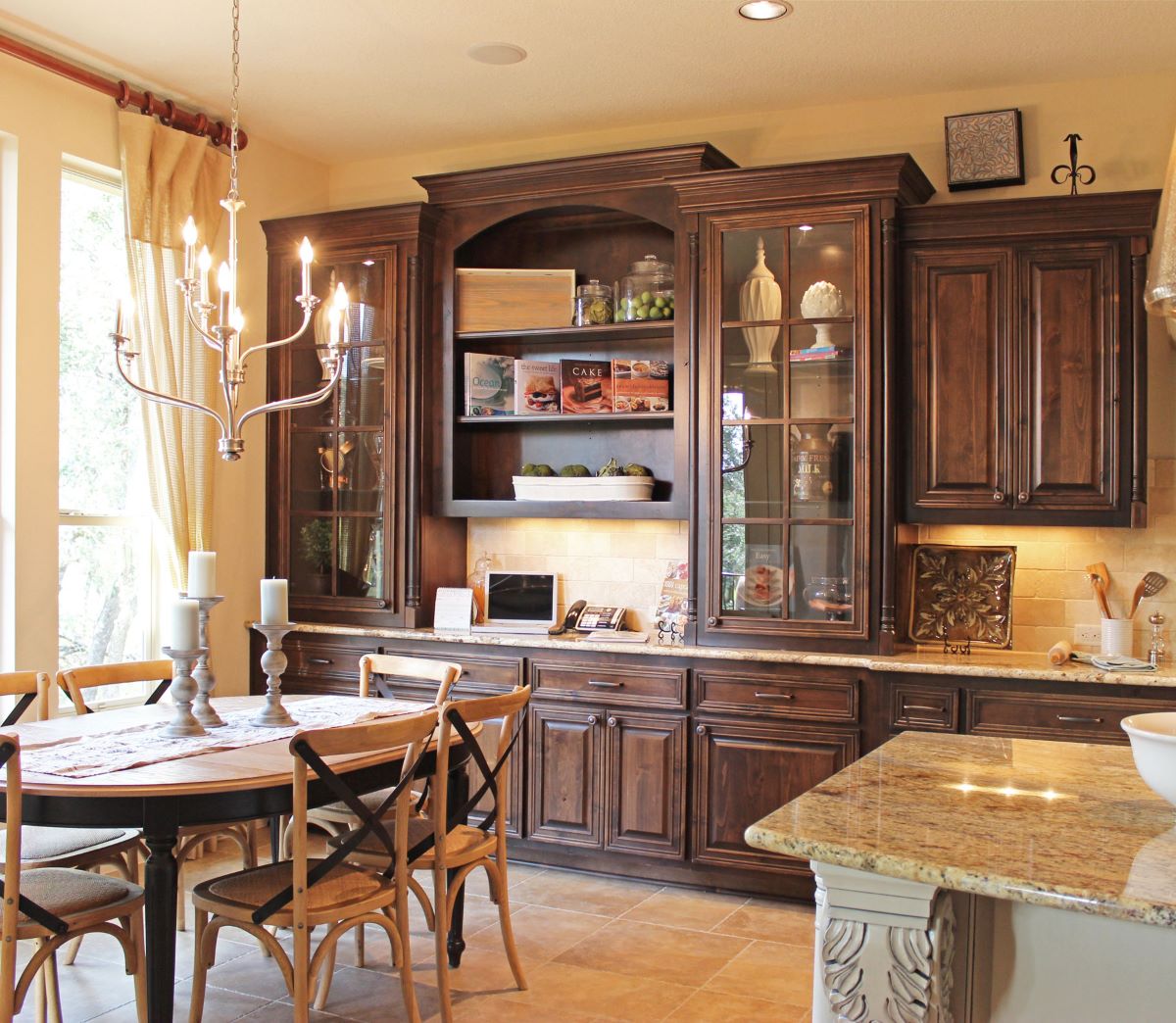
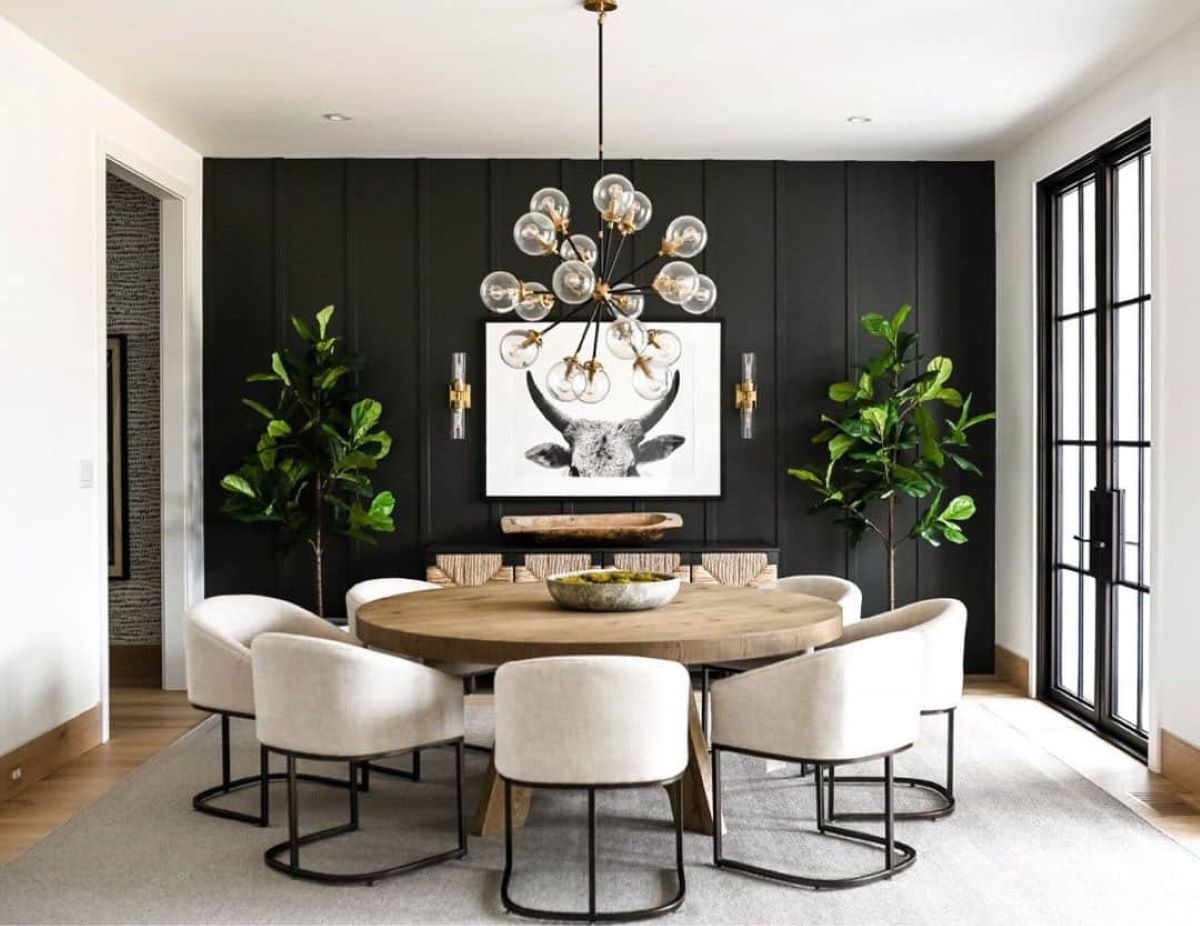
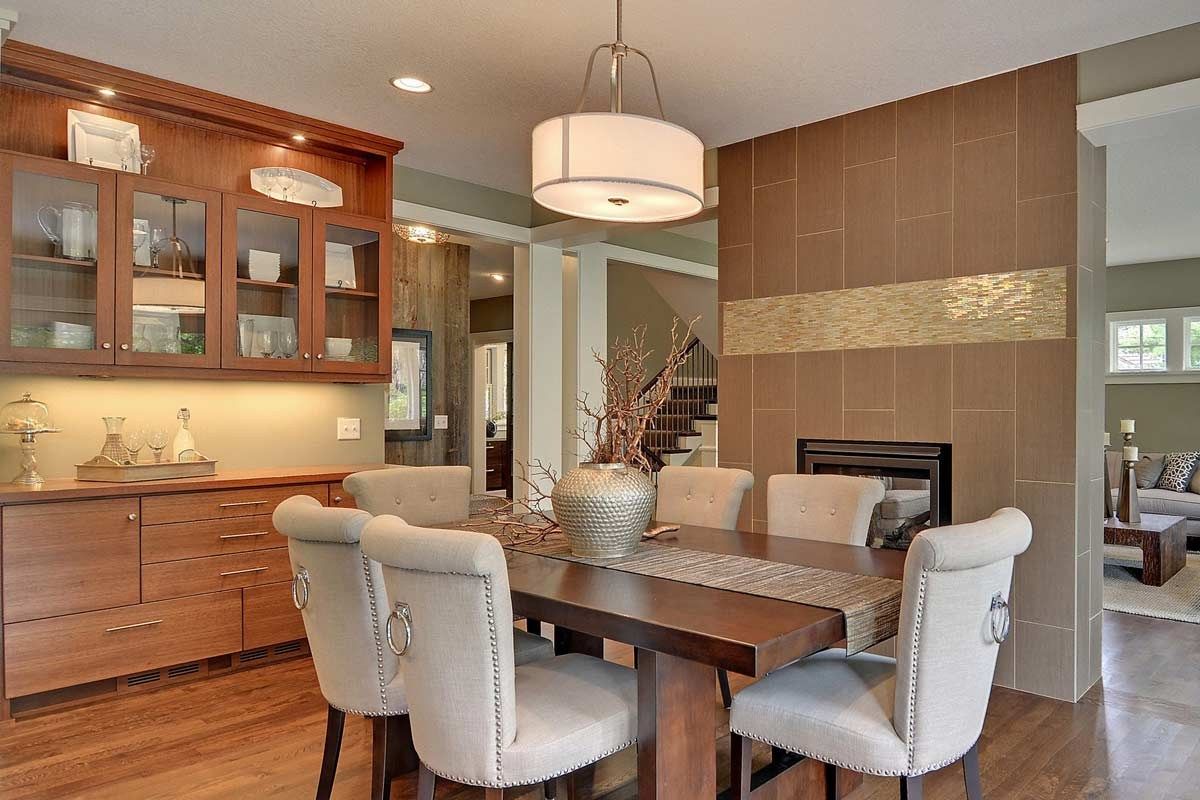
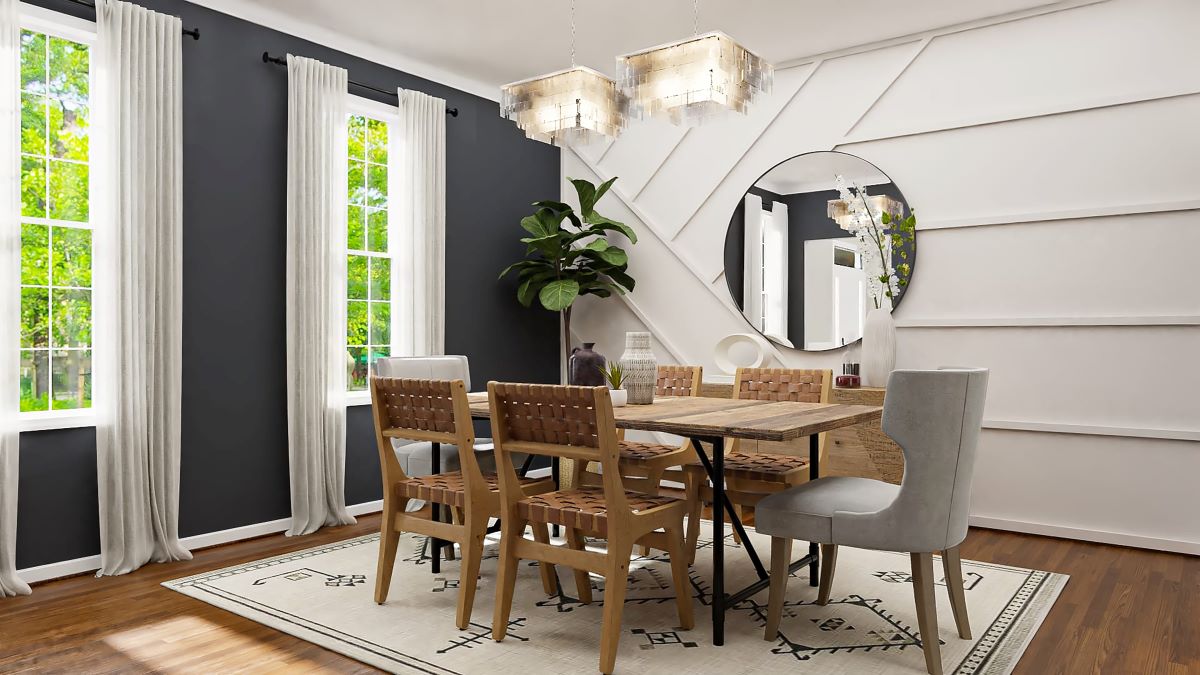
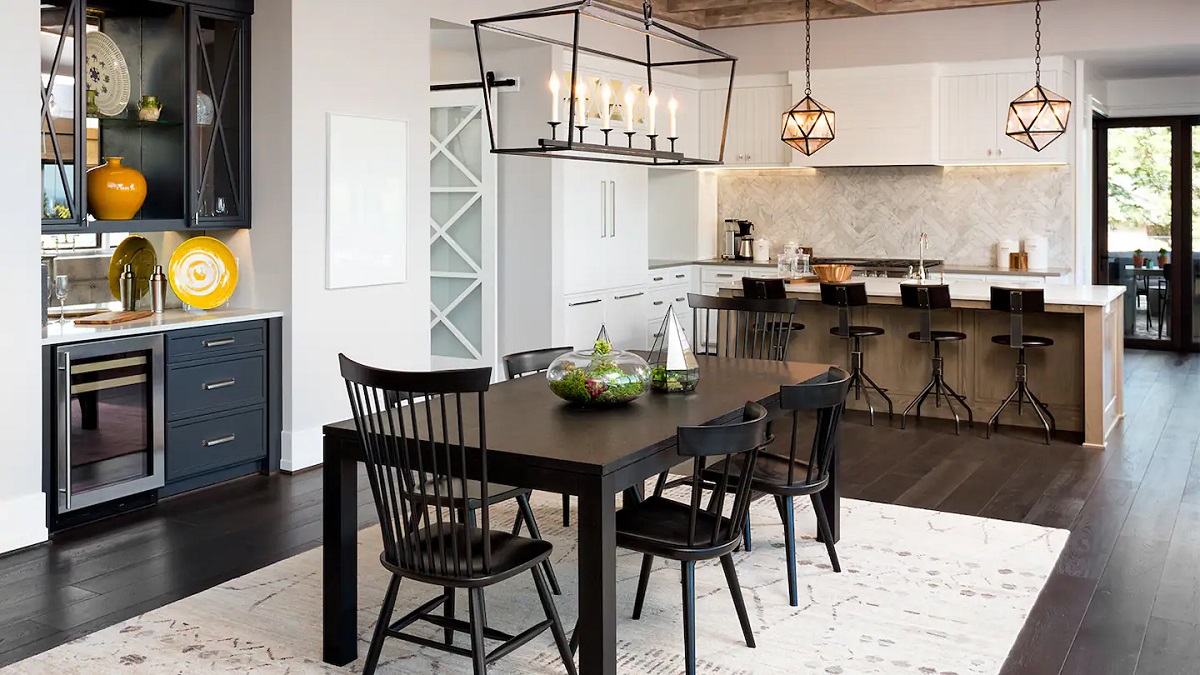
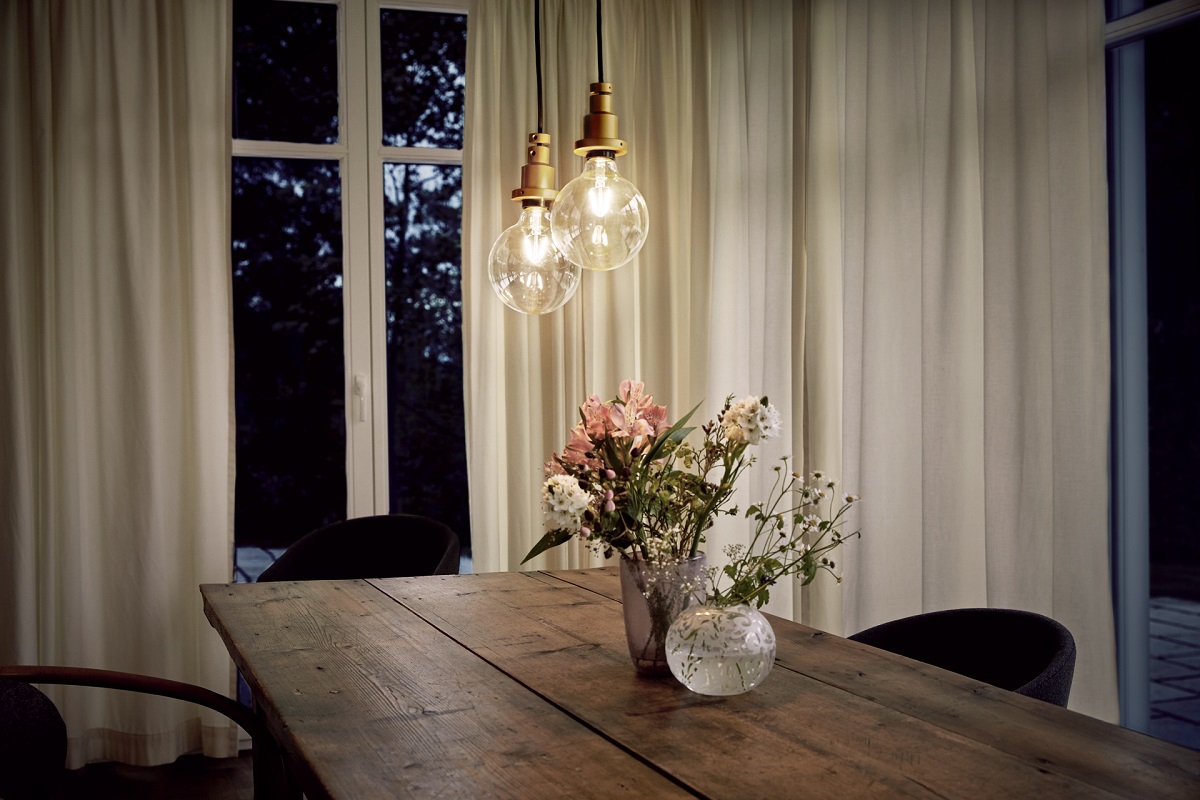
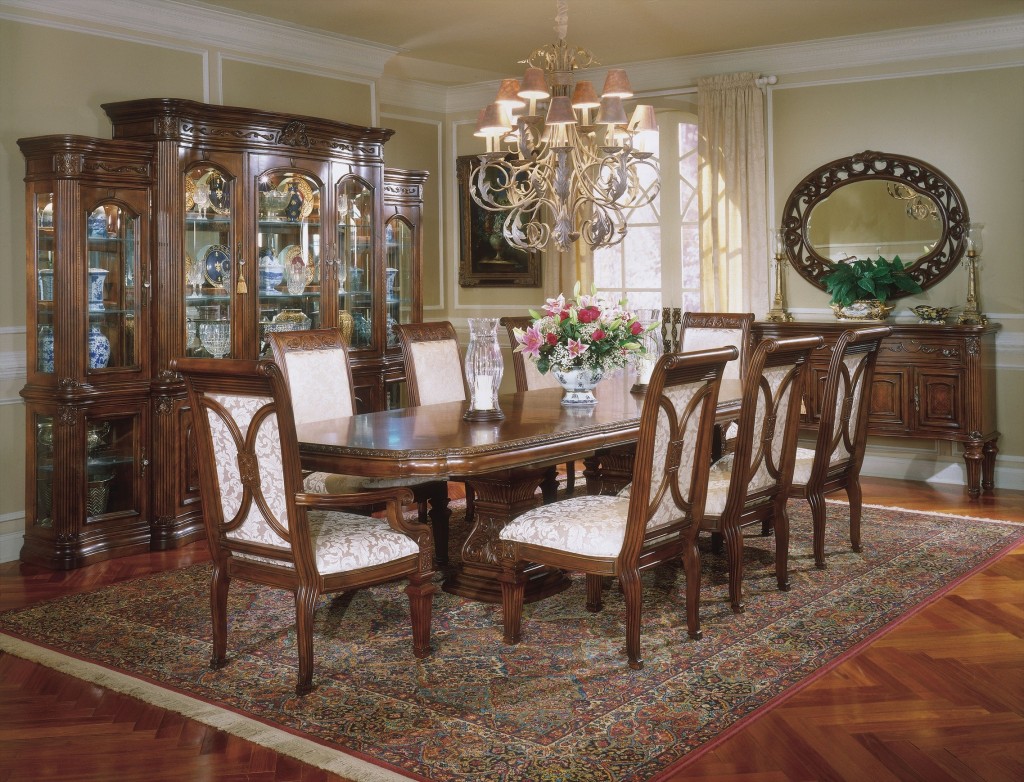

0 thoughts on “What Is In A Dining Room?”